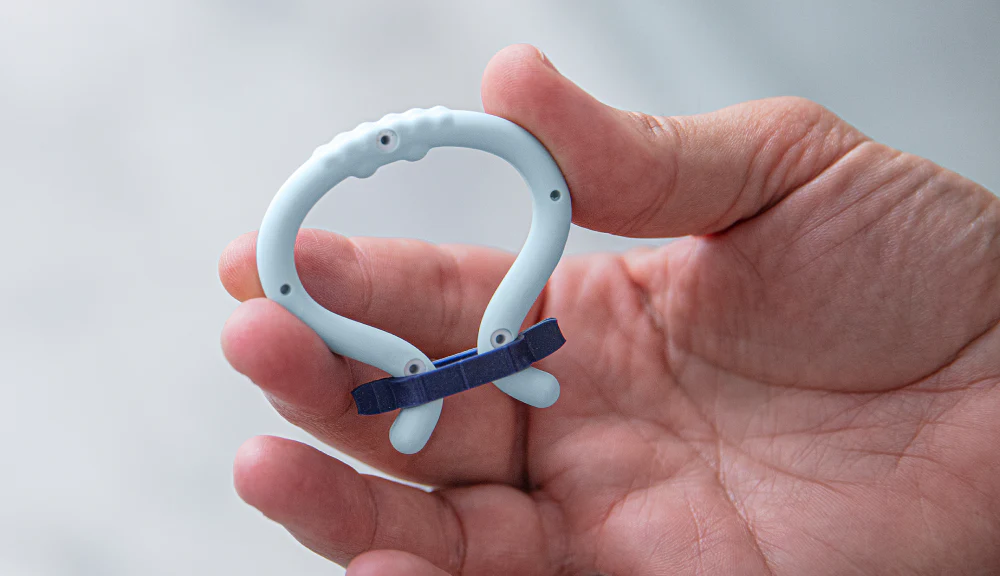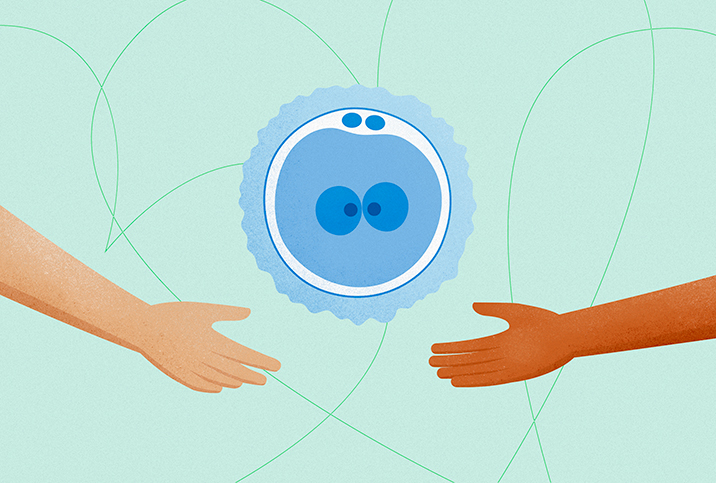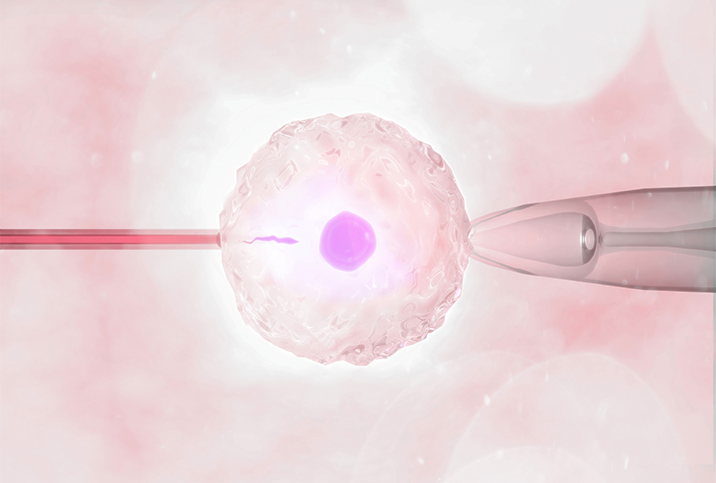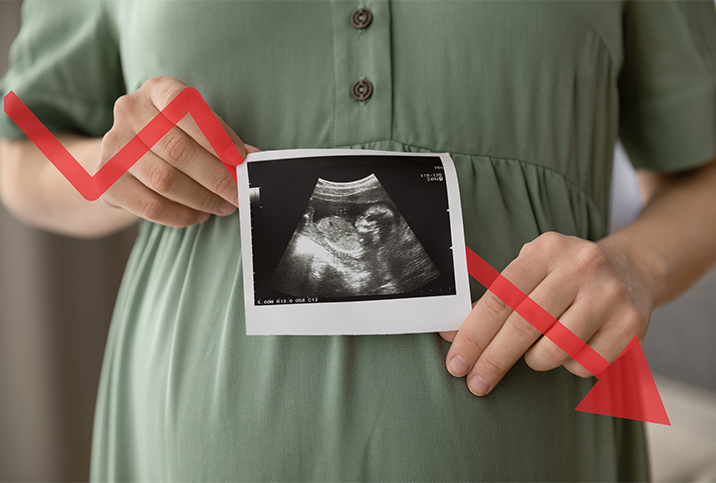Mini IVF: A Less Invasive Fertility Option

Conventional in vitro fertilization (IVF) is recommended for women who have difficulty conceiving naturally or are unable to get pregnant through a less intensive process such as intrauterine insemination (IUI).
Luckily, there are more options now than ever before. For women who are not ready or are unable to go down the conventional IVF route, mini IVF can be a great alternative.
The mini IVF process
Minimal stimulation IVF, or mini IVF, follows the same process as traditional in vitro fertilization: ovarian stimulation, egg and sperm retrieval, egg fertilization and embryo transfer.
The key differences between the two are the medications used and the dosage. Mini IVF uses a minimal amount of oral medications and injections to stimulate the ovaries so they produce the maximum number of quality eggs in a single cycle, explained John Zhang, M.D., Ph.D., founder and medical director of New Hope Fertility Center in New York City.
Oral medications such as clomiphene citrate (Clomid) or letrozole (Femara) are often used together with low-dose gonadotropin injections, a medication used to stimulate multiple egg growth, said Evangelia Elenis, M.D., Ph.D., chief medical advisor at Tilly, a fertility app based in Stockholm.
A lower dose of medications and injections can appeal to women who are needle-adverse or sensitive to pain, for example, people with fibromyalgia.
Mini IVF vs. traditional IVF
The traditional IVF process retrieves an average of eight to 14 eggs from the ovaries. In comparison, mini IVF produces between six and eight quality eggs per cycle.
"[Mini IVF has] changed the industry by providing a solution that does not strain patient's bodies, by focusing on quality of eggs versus quantity of eggs and, likewise, leads to lower costs," Zhang explained.
Depending on treatment plans, a mini IVF cycle can range from $8,000 to $12,000 versus $20,000 to $30,000 for conventional IVF, Zhang said.
Anyone looking for a gentler approach to IVF can benefit from mini IVF. Conventional in vitro fertilization often requires daily injections for nine to 12 days, which can be too invasive and painful for some women. Mini IVF, on the other hand, requires fewer injections and focuses more on oral medications, which is why the cost of the procedure is significantly lower. Mini IVF can be highly favorable for people who are fearful of needles or simply looking for a less aggressive or less costly protocol.
"We have seen that mini IVF has helped a lot of women and/or couples conceive over the years and has shown high success rates in women who have had a history of failed conventional IVF cycles," Zhang said.
Zhang explained that women who have been diagnosed with a low ovarian reserve often see success with mini IVF.
"Basically, any woman who has a very limited ability to make more than one good quality egg can benefit from mini IVF treatment," Zhang said. "Our one-good-egg policy centers around the idea that it only takes one quality egg to be successful, and we happily welcome patients who have been turned down due to their age based on this policy."
The side effects of mini IVF
As with traditional IVF, mini IVF uses medications that can cause unwanted side effects, including headaches, hot flashes, irritability and ovarian hyperstimulation syndrome (OHSS).
OHSS is a response to excess hormones in the form of injectable hormonal medications during IVF. It's far less likely to occur with oral medications than injectables, so mini IVF presents a significantly lower risk of OHSS.
What are the drawbacks to mini IVF?
"When using mini IVF, there is a higher risk of cycle cancellation compared to conventional IVF if the eggs collected are not fertilized or do not create embryos good enough to transfer," Elenis said.
Fewer eggs retrieved means fewer embryos available for cryopreservation or transfer, she explained. Consequently, mini IVF generally has a lower live birth rate compared with traditional IVF.
While mini IVF is often more affordable in the short run, there is the chance that more cycles will be needed, which can become more costly. However, multiple rounds are often necessary with conventional IVF, too.
As always, it's essential to speak to a fertility specialist who can help you decide the best option for you based on your unique circumstances.


















